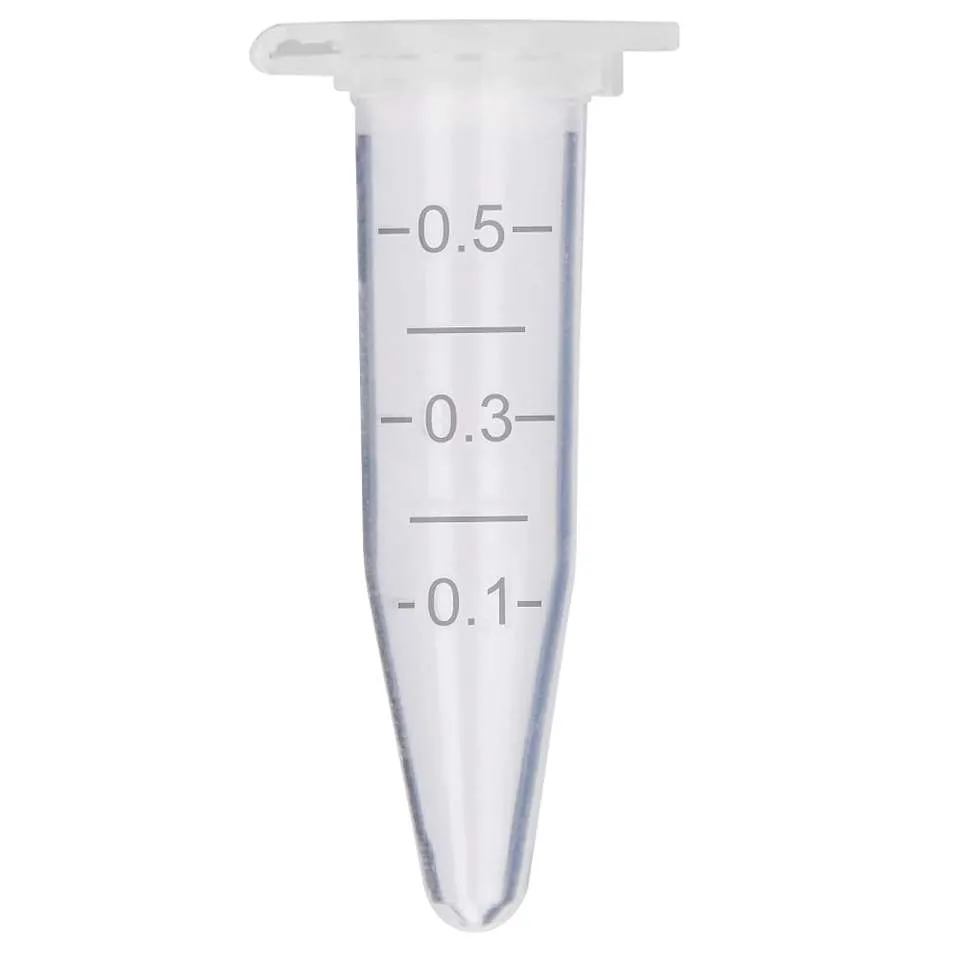
-
 Afrikaans
Afrikaans -
 Albanian
Albanian -
 Amharic
Amharic -
 Arabic
Arabic -
 Armenian
Armenian -
 Azerbaijani
Azerbaijani -
 Basque
Basque -
 Belarusian
Belarusian -
 Bengali
Bengali -
 Bosnian
Bosnian -
 Bulgarian
Bulgarian -
 Catalan
Catalan -
 Cebuano
Cebuano -
 Corsican
Corsican -
 Croatian
Croatian -
 Czech
Czech -
 Danish
Danish -
 Dutch
Dutch -
 English
English -
 Esperanto
Esperanto -
 Estonian
Estonian -
 Finnish
Finnish -
 French
French -
 Frisian
Frisian -
 Galician
Galician -
 Georgian
Georgian -
 German
German -
 Greek
Greek -
 Gujarati
Gujarati -
 Haitian Creole
Haitian Creole -
 hausa
hausa -
 hawaiian
hawaiian -
 Hebrew
Hebrew -
 Hindi
Hindi -
 Miao
Miao -
 Hungarian
Hungarian -
 Icelandic
Icelandic -
 igbo
igbo -
 Indonesian
Indonesian -
 irish
irish -
 Italian
Italian -
 Japanese
Japanese -
 Javanese
Javanese -
 Kannada
Kannada -
 kazakh
kazakh -
 Khmer
Khmer -
 Rwandese
Rwandese -
 Korean
Korean -
 Kurdish
Kurdish -
 Kyrgyz
Kyrgyz -
 Lao
Lao -
 Latin
Latin -
 Latvian
Latvian -
 Lithuanian
Lithuanian -
 Luxembourgish
Luxembourgish -
 Macedonian
Macedonian -
 Malgashi
Malgashi -
 Malay
Malay -
 Malayalam
Malayalam -
 Maltese
Maltese -
 Maori
Maori -
 Marathi
Marathi -
 Mongolian
Mongolian -
 Myanmar
Myanmar -
 Nepali
Nepali -
 Norwegian
Norwegian -
 Norwegian
Norwegian -
 Occitan
Occitan -
 Pashto
Pashto -
 Persian
Persian -
 Polish
Polish -
 Portuguese
Portuguese -
 Punjabi
Punjabi -
 Romanian
Romanian -
 Russian
Russian -
 Samoan
Samoan -
 Scottish Gaelic
Scottish Gaelic -
 Serbian
Serbian -
 Sesotho
Sesotho -
 Shona
Shona -
 Sindhi
Sindhi -
 Sinhala
Sinhala -
 Slovak
Slovak -
 Slovenian
Slovenian -
 Somali
Somali -
 Spanish
Spanish -
 Sundanese
Sundanese -
 Swahili
Swahili -
 Swedish
Swedish -
 Tagalog
Tagalog -
 Tajik
Tajik -
 Tamil
Tamil -
 Tatar
Tatar -
 Telugu
Telugu -
 Thai
Thai -
 Turkish
Turkish -
 Turkmen
Turkmen -
 Ukrainian
Ukrainian -
 Urdu
Urdu -
 Uighur
Uighur -
 Uzbek
Uzbek -
 Vietnamese
Vietnamese -
 Welsh
Welsh -
 Bantu
Bantu -
 Yiddish
Yiddish -
 Yoruba
Yoruba -
 Zulu
Zulu
spray bottle rate
The Science Behind Spray Bottle Rate
Spray bottles are ubiquitous in households and industries alike, serving various purposes from cleaning surfaces to watering plants. One of the most crucial aspects of their functionality is the spray bottle rate, which refers to the amount of liquid dispensed per spray. Understanding this rate can significantly improve efficiency in tasks like cleaning, gardening, and even in beauty routines.
Definition of Spray Bottle Rate
The spray bottle rate is typically measured in milliliters per spray. It indicates how much liquid is released each time the trigger is pulled. This rate can vary widely between different types of spray bottles, depending on design, nozzle size, and intended use. For instance, a cleaning spray bottle may have a higher rate for faster coverage, while a delicate misting bottle used for plants or skincare might have a lower rate for more controlled distribution.
Factors Influencing Spray Bottle Rate
Several factors affect the spray bottle rate, including
1. Nozzle Design The size of the nozzle opening significantly impacts the spray pattern and droplet size. A finer nozzle creates smaller droplets, resulting in a lighter mist, while a larger nozzle produces larger droplets for a more concentrated stream.
2. Pump Mechanism The design of the pump and the strength required to activate it can also influence the rate. Some bottles are engineered for a consistent, optimal spray rate, while others may vary based on the user's grip strength and technique.
spray bottle rate

3. Viscosity of the Liquid The thickness of the liquid being dispensed is another critical factor. Thicker liquids, such as oils, require more force to spray and may not spray evenly if the nozzle is designed for thinner liquids.
4. User Technique The amount of pressure applied to the trigger and the duration of the spray will affect the total volume dispensed. Users must find a balance for optimal performance depending on the task at hand.
Importance of Spray Bottle Rate
Understanding the spray bottle rate is essential for efficient usage. In cleaning tasks, knowing how much cleaner is dispensed with each pull allows users to measure their usage effectively, helping to reduce waste and save money. For gardeners, a consistent spray rate ensures that plants receive the right amount of water or nutrients without over-saturating the soil, which can lead to root rot.
Professionals in the beauty industry, such as estheticians and hairdressers, also benefit from knowing the spray rate. This knowledge aids in the application of products, ensuring that clients receive the intended benefits without waste.
Conclusion
In summary, the spray bottle rate is a crucial parameter that influences the effectiveness of various applications across different fields. By understanding how it is impacted by design, user technique, and the nature of the liquid, users can maximize their efficiency and achieve better results in their tasks. Whether you are cleaning, gardening, or applying beauty products, being mindful of the spray bottle rate can lead to more precise and effective outcomes.
-
Premium 200ml Medicine Bottles – Leakproof Dropper & Spray Options at Best PriceNewsJul.05,2025
-
PTFE Centrifuge Tubes - Chemical Resistant, Leak-proof, Ideal for Laboratory UseNewsJul.05,2025
-
Premium Metal Dropper Bottle for Precise Dispensing 250ml & 1ml Options AvailableNewsJul.04,2025
-
20 ml Headspace Vials - High Quality Polyethylene & Plastic Vials for Lab UseNewsJul.04,2025
-
Small Bottle with Pipette - Precise Dispensing 100ml Pipette Bottles for Essential Oils & Lab UseNewsJun.24,2025
-
Acetic Anhydride Bottle for Accurate Dropper Measurement in Pharmacy Use High-Quality Dropper BottlesNewsJun.10,2025






















